Some, maybe most, people just enjoy the relaxing aspects of flying a single-line kite. Just watching it fly, perhaps enjoying the subtle artistry of color and movement. Maybe even enjoying the feel of controlling an almost-living creature on the end of the line. However, if you would like to get a little more out of your kite, why not try the following ideas. No special equipment is needed! OK, maybe a stopwatch if you want to get more serious...
Launch straight off the ground, on a long line. Pull in line to get the kite in the air, then let it climb up to full height.
Bring your kite right down into your hand without letting it touch the ground. Pull in quicker from time to time if needed, to keep it airborne.
Keep records. See how long you can keep it in the air, to the nearest 5 minutes.
See how fast you can get 150 meters (500 feet) of line out, from a hand launch.
See how quickly you can get the flying line to a 45 degree angle from your hand at maximum length.
Once you know how to fly a kite, get serious about photographing it from time to time.
Of course, with money, extra gear and more experience you can eventually try a range of even cooler things! Like...
Teddy drops or lolly (candy) drops under a simple parachute, using a Kite Messenger to haul the payload up the kite string
KAP - Kite Aerial Photography
Flying really large and artistic kites of various kinds, to draw a crowd
Getting involved in kite fighting competitions with Indian or other fighter designs.
Getting serious about making and flying really small kites. Requires great craftsmanship and finesse!
That's about it for my somewhat long-winded speil on how to fly a kite.
Talking about being long-winded, here's some more ideas on why you might want to go fly a kite. It's quite a long page!
Launch straight off the ground, on a long line. Pull in line to get the kite in the air, then let it climb up to full height.
Bring your kite right down into your hand without letting it touch the ground. Pull in quicker from time to time if needed, to keep it airborne.
Keep records. See how long you can keep it in the air, to the nearest 5 minutes.
See how fast you can get 150 meters (500 feet) of line out, from a hand launch.
See how quickly you can get the flying line to a 45 degree angle from your hand at maximum length.
Once you know how to fly a kite, get serious about photographing it from time to time.
Of course, with money, extra gear and more experience you can eventually try a range of even cooler things! Like...
Teddy drops or lolly (candy) drops under a simple parachute, using a Kite Messenger to haul the payload up the kite string
KAP - Kite Aerial Photography
Flying really large and artistic kites of various kinds, to draw a crowd
Getting involved in kite fighting competitions with Indian or other fighter designs.
Getting serious about making and flying really small kites. Requires great craftsmanship and finesse!
That's about it for my somewhat long-winded speil on how to fly a kite.
Talking about being long-winded, here's some more ideas on why you might want to go fly a kite. It's quite a long page!












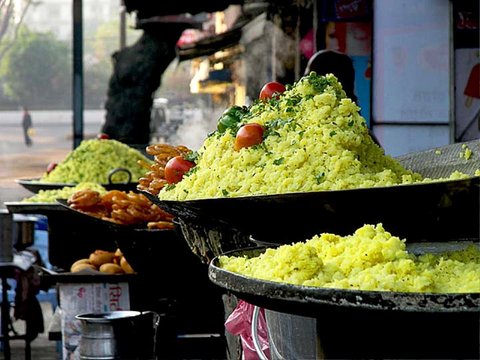
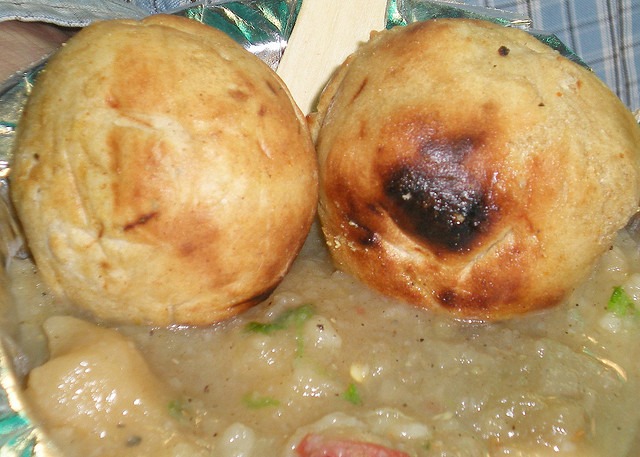
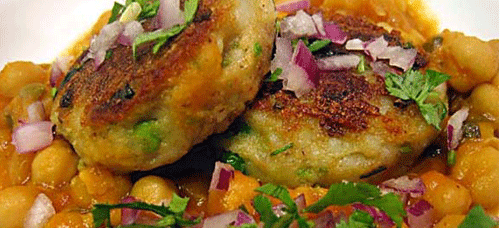
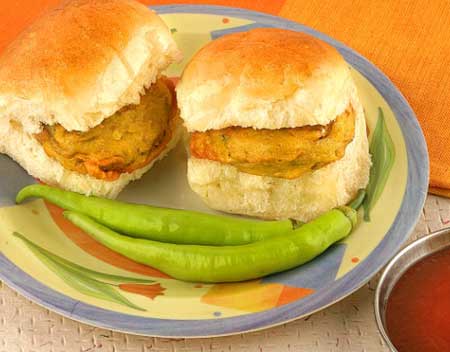
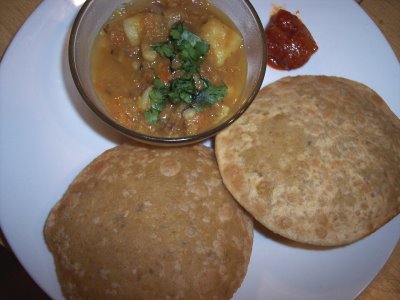
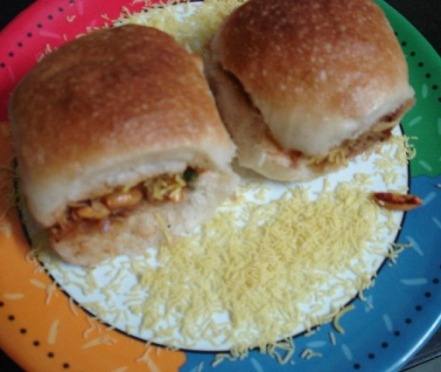

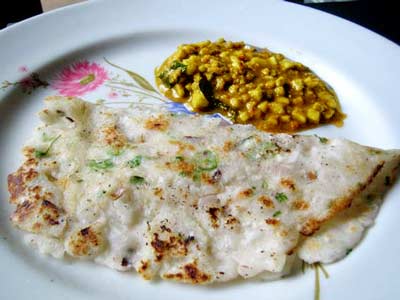
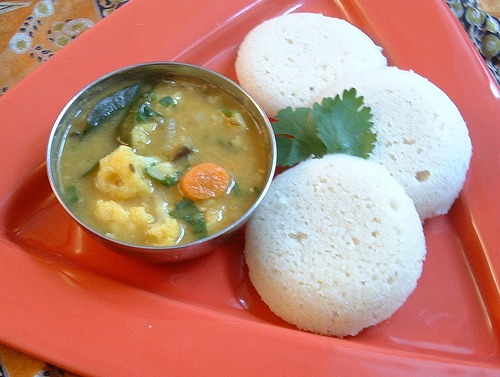

 Kurla junction
Kurla junction












